Index
🌄 Step into Japan’s Quiet Side: Welcome to the Mystical West
While Tokyo dazzles with neon lights and Kyoto offers temples galore, Western Japan—especially the Chūgoku region—remains one of the country’s most underrated gems.
Here, you’ll find floating shrines, ancient myths, and even desert landscapes, all wrapped in quiet beauty.
This journey takes you across Hiroshima, Okayama, Shimane, and Tottori, revealing a spiritual, historical, and natural side of Japan that most travelers overlook.
⛩️ Hiroshima: Floating Shrines and Lasting Peace
No visit to Western Japan is complete without Hiroshima.
While the Peace Memorial Park and Atomic Bomb Dome offer moments of deep reflection, Miyajima Island “Itsukushima” lifts the spirit with its breathtaking floating torii gate.
You may even spot friendly deer wandering the shrine grounds 🦌.
🧑🍳 Don’t miss: Hiroshima-style okonomiyaki — a layered pancake of noodles, cabbage, meat, and egg cooked on a teppan grill.
Atomic Bomb Dome
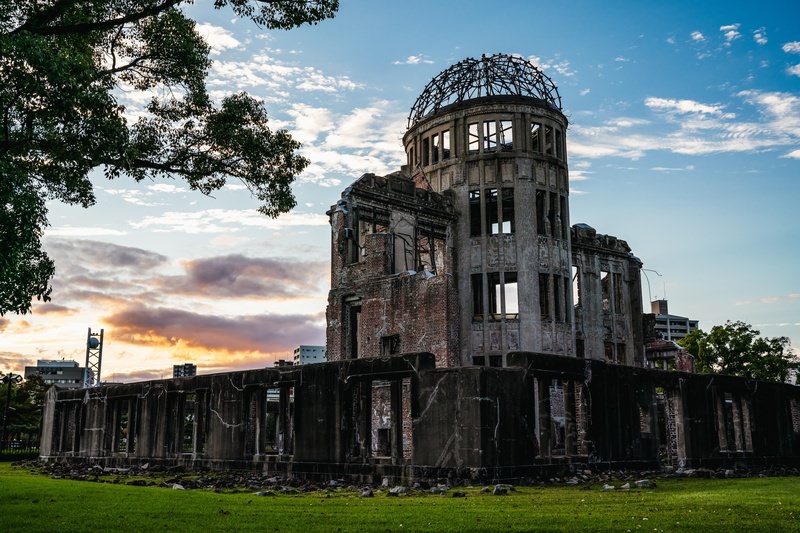
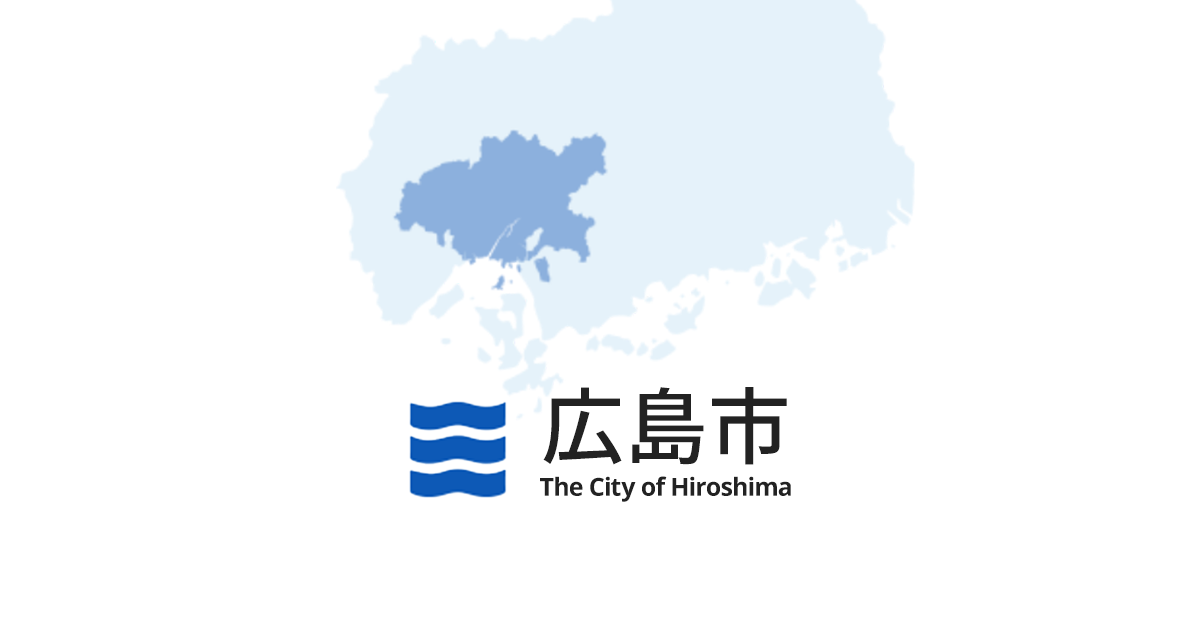
Miyajima Island “Itsukushima”
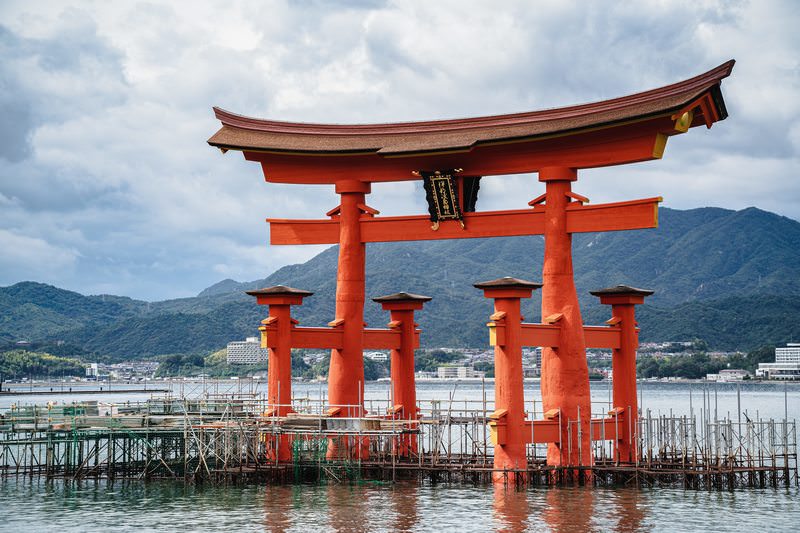
🏯 Okayama & Kurashiki: Gardens, Castles, and Edo-Era Charm
In Okayama, visit the black-walled Okayama Castle and stroll through Korakuen Garden, one of Japan’s three most celebrated gardens.
Nearby Kurashiki is a preserved canal town full of white-walled merchant houses, perfect for slow walks, local sweets, and artsy photos.
🍑 Seasonal Tip: Summer brings peaches and grapes, some of the sweetest in Japan.
🕊️ Shimane: Where the Gods Gather
Often called the “Land of the Gods,” Shimane is home to Izumo Taisha, one of Japan’s oldest and most sacred Shinto shrines.
Every October, it’s said that all the gods of Japan gather here for a spiritual conference.
Soak in the peaceful atmosphere at Tamatsukuri Onsen, a quiet hot spring village with poetic charm.
🧴 Trivia: The name “Tamatsukuri” means “making of jewels” — it’s said the water is good for beauty and healing.
Izumo Taisha
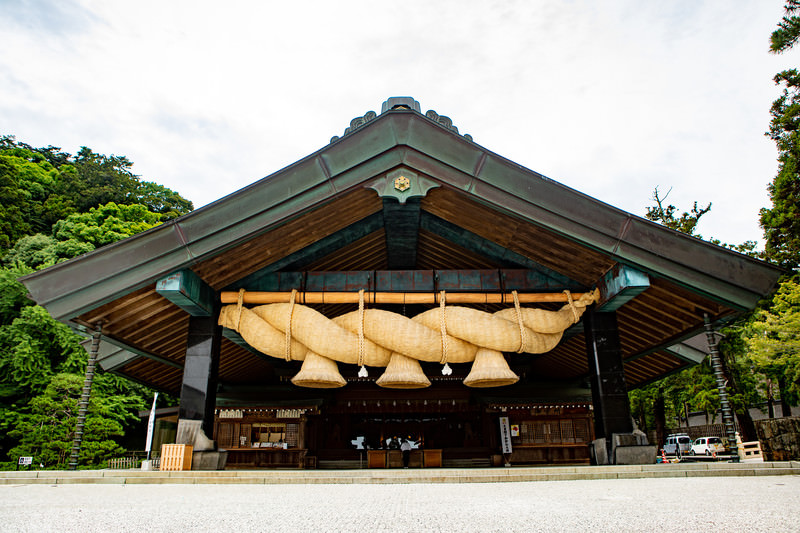
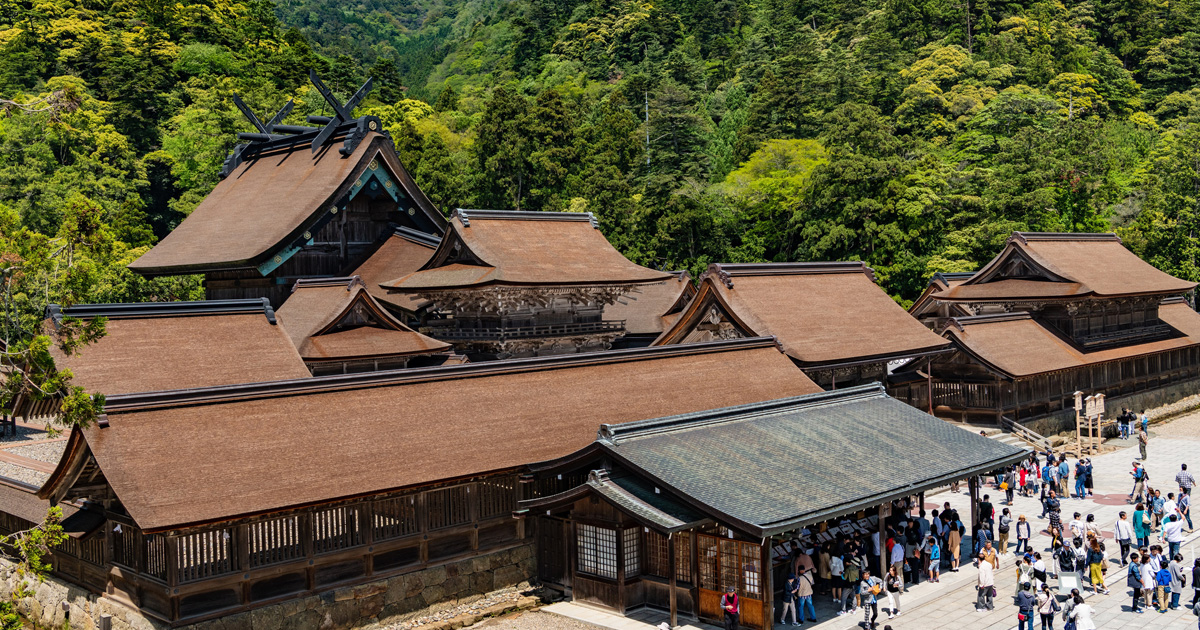
🏜️ Tottori: Japan’s Unexpected Desert
Japan has a desert!
The Tottori Sand Dunes stretch along the coast and offer camel rides, sandboarding, and stunning ocean views.
Right next door is the Sand Museum, showcasing breathtaking sculptures made entirely of sand.
🦀 Foodie Alert: Winter is the season for Matsuba crab, a local delicacy served fresh in hot pots and sushi.
Did you know?
In winter, the Tottori Sand Dunes are occasionally covered in snow, transforming the golden desert into a surreal white wonderland.
A rare sight even for locals, the snowy dunes create a unique contrast of sand and silence—perfect for quiet contemplation and unforgettable photography.
Tottori Sand Dunes
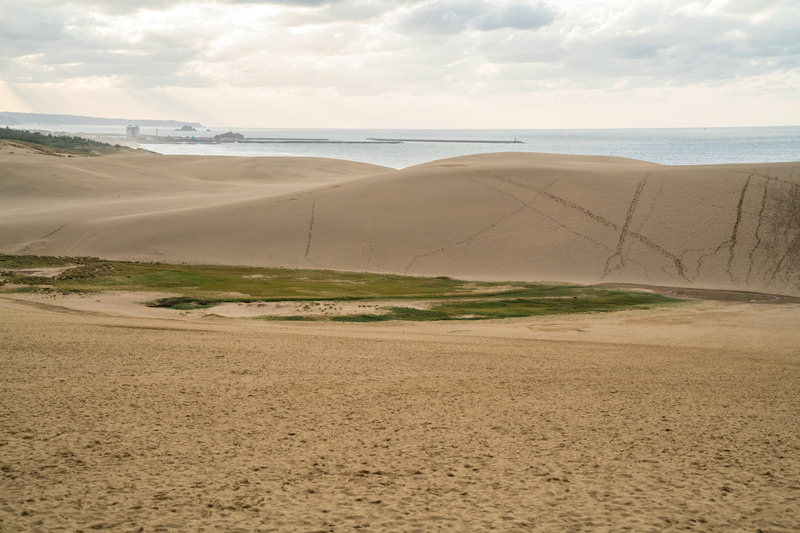

🚆 How to Explore the Region
- Start in Hiroshima or Okayama “both shinkansen-accessible”
- Use buses or rental cars to reach Shimane and Tottori
- Best explored over 5–6 days
- Ideal seasons: Autumn for foliage & festivals, Winter for crab and snow landscapes
🧭 Conclusion
Western Japan is not just a destination—it’s a feeling.
It’s about quiet mornings at shrines, fog over ancient towns, and dinners made from local stories.
For those seeking more than just checklists and selfies, the Chūgoku region offers moments that linger long after your journey ends.
P.S.
Izumo Taisha Shrine is one of the most famous shrines in Japan. The thick shimenawa rope shown in the photo in the article is worth seeing. As for food, I love Hiroshima oysters and okonomiyaki.
またね “Matane”!
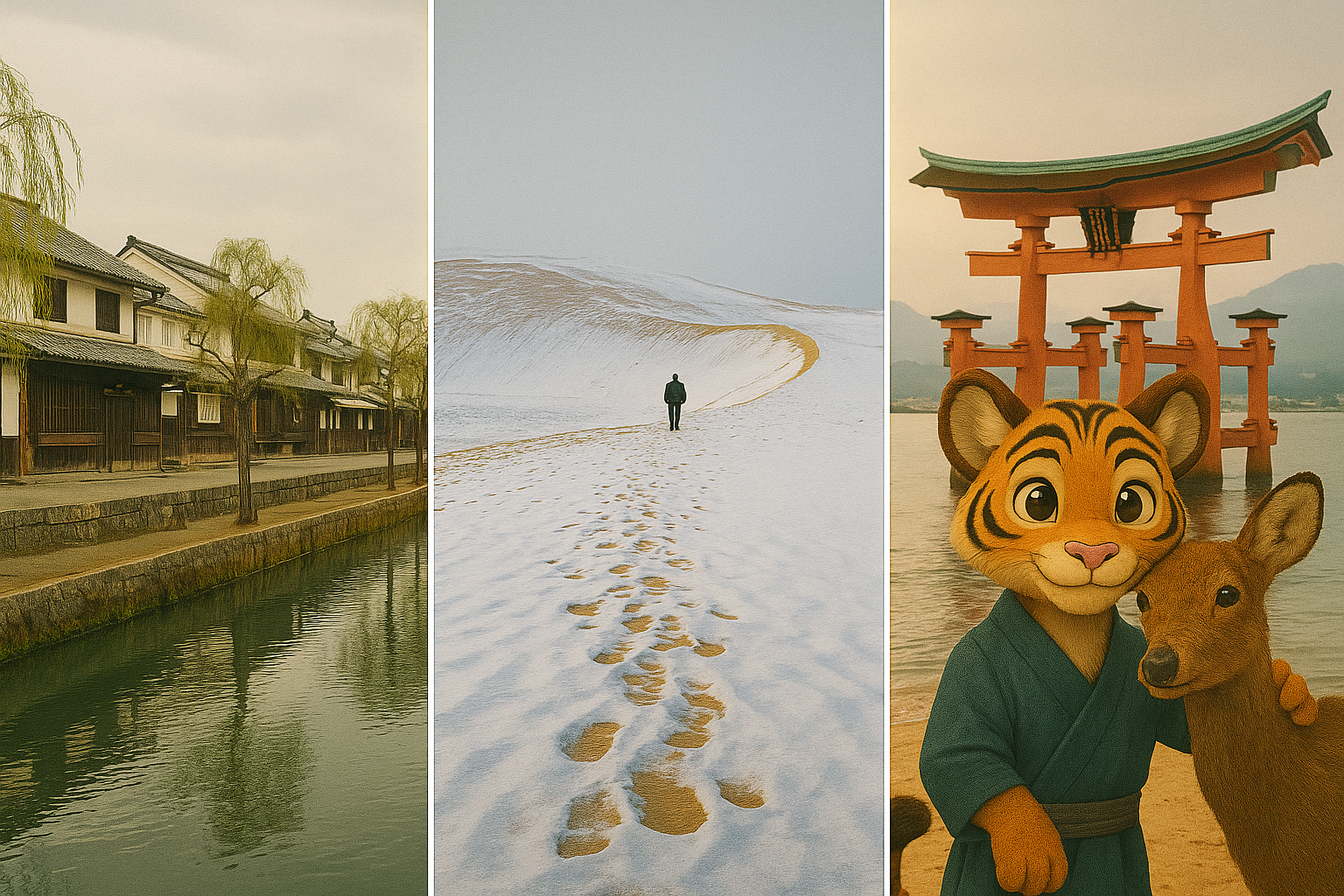


コメント